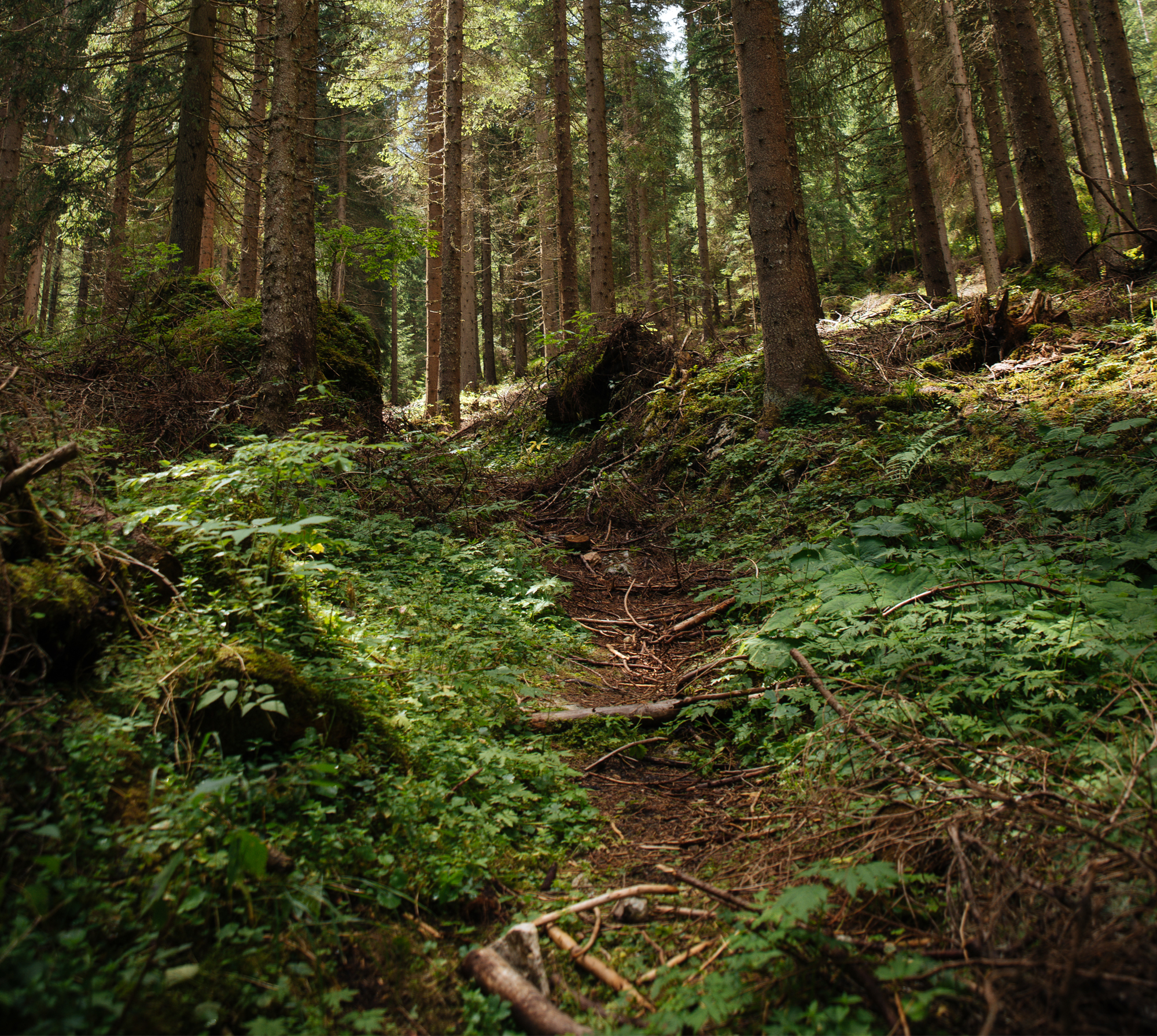
Forests and their importance in the global carbon and nitrogen balance – a review with reflections
Autorzy
-
Bengt Nihlgård
Lund University, Department of Plant Ecology and Systematics, Sölvegatan 37, SE-223 62 Lund, Sweden,
phone +46 709 45 03 76, e-mail: bengt.nihlgard@biol.lu.se
Abstract
Carbon (C) and reactive nitrogen (Nr) are two elements increasing in the Biosphere due to human activity. CO2 in atmosphere is increasing due to deforestation for at least 150 years, and burning of fossil fuels since about 100 years at an increasing speed. C is a dominating element in Biosphere, and the biggest stores of C appear in forest biomass and forest soils. The forest growth per hectare has increased, due to increases of CO2, temperature and Nr-deposition, but total global C-sequestration in forests has nevertheless decreased due to deforestation and burning, and in spite many new plantations.
Nr is the limiting element for growth in most forests, but is found in much lower amounts as C, usually in specific C/N-relations. Estimates suggest on an average 40 times less Nr in forest ecosystems compared to C. The Nr fluxes and accumulation has increased relatively much more than the C-fluxes, which significantly supported the C-sequestration in forests. In future both CO2 increase (associated with temperature increase), and N-deposition are suggested to increase even more, and this might have detrimental effects on tree species and the whole forest ecosystem, especially in the temperate zones.
Keywords
| DOI | |
|---|---|
| Source | Folia Forestalia Polonica, Series A – Forestry |
| Print ISSN | 0071-6677 |
| Online ISSN |
2199-5907 |
| Type of article |
review article |
| Original title |
Forests and their importance in the global carbon and nitrogen balance – a review with reflections |
| Publisher | The Committee on Forestry Sciences and Wood Technology of the Polish Academy of Sciences and the Forest Research Institute in Sekocin Stary |
| Date | 15/06/2012 |
- Mukhortova L. Carbon and nutrient release during decomposition of coarse woody debris in forest ecosystems of Central Siberia
- Petrila M., Apostol B., Lorenţ A., Gancz V., Silaghi D. Forest biomass estimation by the use of airborne laser scanning data and in situ FieldMap measurements in a spruce forest stand
- Socha J., Durło G. How will climate change impact biomass increment by Norway spruce stands in Western Beskids?
- Głowacka B., Sierpińska A. Control of adult cockchafers Melolontha spp. with Mospilan 20 SP
- Nihlgård B. Forests and their importance in the global carbon and nitrogen balance – a review with reflections
- Hoxha B. Two-phased inventory of standing volume in mountain forests with the use of aerial photographs
- Klimchenko A., Verkhovets S. Carbon stocks in coarse woody debris in the middle taiga ecosystems located along the Yenisei river
- Schepaschenko D., Fritz S., McCallum I., Shvidenko A., Perger C., Schill C., See L., Kraxner F., Obersteiner M. A platform to visualize, analyze and improve biomass datasets: http://biomass.geo-wiki.org
- Sułkowska M. The utilization of genetic approaches for effective conservation of endangered species ConGRESS project, regional workshop, Zvolen, January 25–27, 2012

